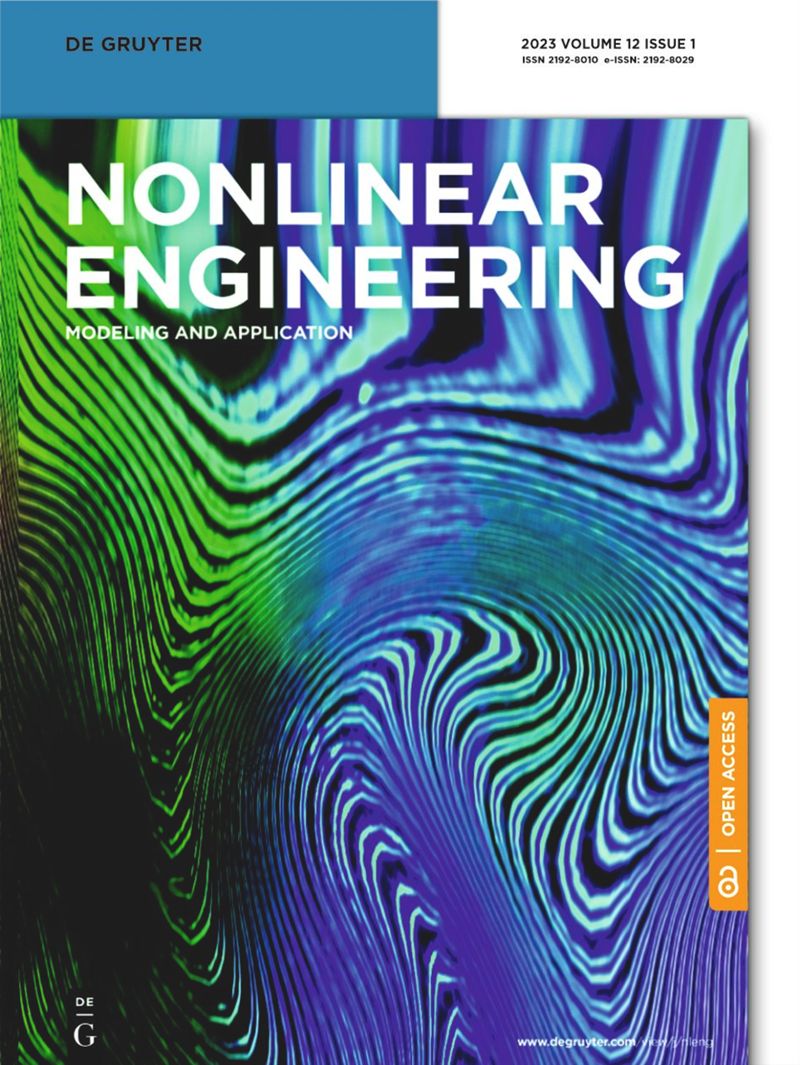基于计算机仿真和建模的多功能动态噪声控制框架
IF 1.5
Q2 ENGINEERING, MECHANICAL
引用次数: 0
摘要
本文试图有效降低主动噪声污染对人类生活的影响,弥补传统被动噪声控制技术的不足。在低频噪声控制方面,存在一些不足。主动噪声控制(ANC)技术的研制,在低频降噪方面可以取得很好的效果。本文提出了一种基于计算机仿真和建模的通用动态噪声控制框架。本文主要研究了通用动态噪声控制框架的原理和应用。为此,采用理论分析、软件仿真和硬件实现相结合的研究方法。详细介绍了自适应算法(LMS算法、filter-XLMS算法等)的推导过程,并分析了影响算法性能的因素,提出了一种基于相对误差的变步长归一化算法。在MATLAB中对各种算法进行仿真计算,分析步长因子、滤波器阶数等参数,以及对算法收敛速度和稳态性能的影响程度。采用通用命令集软件,实现了路径自适应识别,采用通用动态噪声控制框架的程序设计。在广义舒适性实验平台上完成软硬件调试后,完成实验设备布置。采用加性随机噪声方法,实现了通用动态噪声控制框架第一路径的自适应离线建模。最后,利用广义舒适性实验平台,对单通道滤波最小均方算法进行了自适应降噪实验,并对实验数据进行了分析,最后验证了通用动态噪声控制框架的实际应用效果。本文章由计算机程序翻译,如有差异,请以英文原文为准。
A versatile dynamic noise control framework based on computer simulation and modeling
Abstract This article attempts to effectively reduce the impact of active noise pollution on human life, and to make up for the traditional passive noise control technique. In low-frequency noise control, there are some shortcomings. The making of active noise control (ANC) technique, in low-frequency noise reduction, can achieve very good results. This article proposes a versatile dynamic noise control framework based on computer simulation and modeling. The research is mainly focused on the principle and application of versatile dynamic noise control framework. To accomplish this, a research method combining theoretical analysis, software simulation, and hardware realization is adopted. The derivation process of the adaptive algorithm (LMS algorithm, filter-XLMS algorithm, etc.) is introduced in detail, and the influencing factors of algorithm performance, a variable step size normalization algorithm based on relative error is proposed. Perform simulation calculations on various algorithms in MATLAB, analyze parameters such as step factor, filter order, etc., and the degree of influence on the algorithm’s convergence speed and steady-state performance. Common command set software is used, the path adaptive identification is realized, and the program design of the versatile dynamic noise control framework is used. After completion of software and hardware debugging on the experimental platform of generalized comfort, the experimental equipment layout is completed. Using the additive random noise method, the adaptive offline modeling of the first path of the versatile dynamic noise control framework is realized. Finally, utilizing the experimental platform of generalized comfort, the adaptive ANC experiment of the single-channel filtered least mean square algorithm is conducted, then the experimental data are analyzed, and at last, the actual application effect of the versatile dynamic noise control framework is verified.
求助全文
通过发布文献求助,成功后即可免费获取论文全文。
去求助
来源期刊
CiteScore
6.20
自引率
3.60%
发文量
49
审稿时长
44 weeks
期刊介绍:
The Journal of Nonlinear Engineering aims to be a platform for sharing original research results in theoretical, experimental, practical, and applied nonlinear phenomena within engineering. It serves as a forum to exchange ideas and applications of nonlinear problems across various engineering disciplines. Articles are considered for publication if they explore nonlinearities in engineering systems, offering realistic mathematical modeling, utilizing nonlinearity for new designs, stabilizing systems, understanding system behavior through nonlinearity, optimizing systems based on nonlinear interactions, and developing algorithms to harness and leverage nonlinear elements.

 求助内容:
求助内容: 应助结果提醒方式:
应助结果提醒方式:


